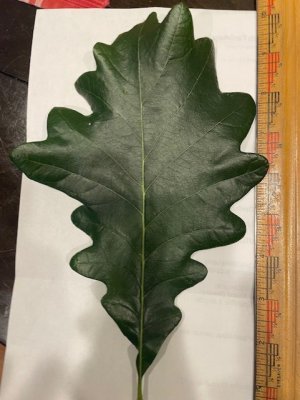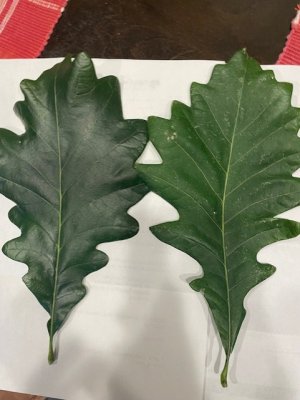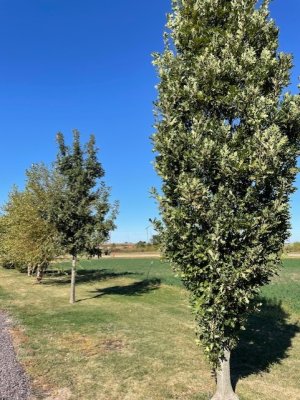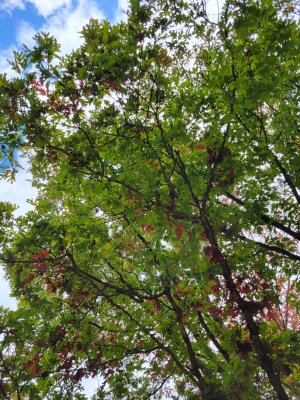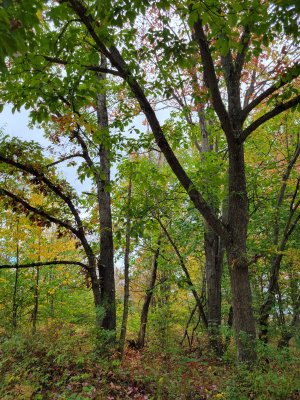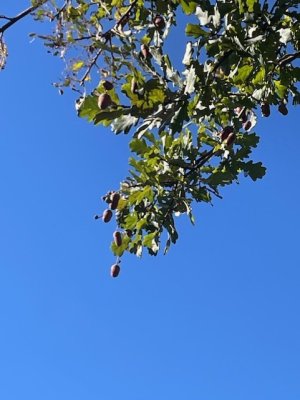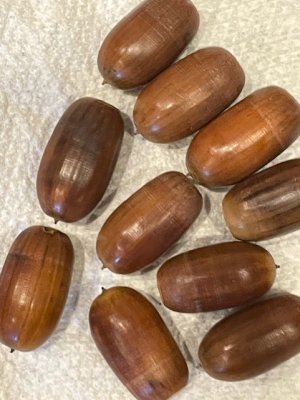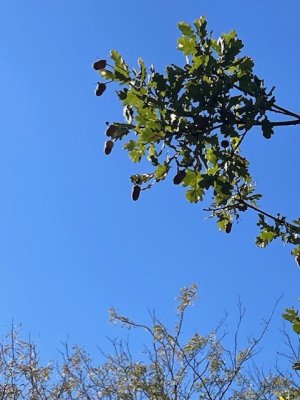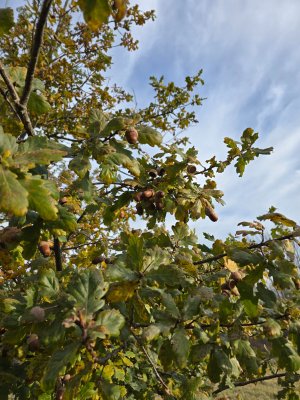Great discovery ... late dropping English oak. On Sept.-30 a fellow who gathers acorns for us showed me an English oak tree loaded with acorns that had yet to drop an acorn. Today, November 5, 2025 I visited that same tree and was astonished that the ground was covered with fresh acorns (heavy winds in central IL for last 2-3 days). I was pleasantly surprised when I checked the canopy of the tree and saw substantial numbers of acorns remaining on the tree. My experience with limited English oak trees reflects trees that have dropped most of their acorns by Oct 1.
Perhaps folks with more experience with EO's (than me) can indicate drop times for trees they have/or know about. Teeder is clearly a person who may have insights. I brought 10 fresh acorns home to plant in the spring; my intent is a small 5-6 tree grove that would serve as a mini-vertical- food-plot during the 1st week of November (assuming most/some of the trees retain the late-dropping characteristic). Some photos!
View attachment 85064View attachment 85065View attachment 85066



